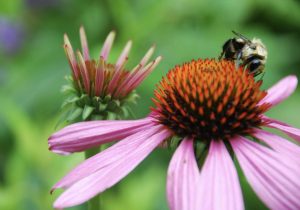ASHEVILLE RIVER TUBING: PLANTS AND WILDLIFE YOU’LL SEE ON YOUR FLOAT

Did you know that the French Broad River is the third oldest river in the world? The French Broad has witnessed the age of the dinosaurs and the evolution of mammals. Winding its way through the Appalachian Mountains, the French Broad River is home to many interesting plants and wildlife. Maybe you’ll catch a glimpse of these during your Asheville river tubing adventure!
Purple Cone Flower (Echinacea)
Chances are you’ve heard of Echinacea, a plant indigenous to land east of the Rocky Mountains. Its medicinal benefits were harnessed by the Great Plain Indians to fight off infection and treat burns and skin wounds. It’s bright purple (and pinkish) petals are easy to spot!
Trumpet Creeper
Ranging in color from red to orange to yellow, this flowering vine can span 30-40 ft in one growing season. It thrives well among the riverbanks and can be spotted easily from your tube! Trumpet Creeper Photo: Gary Loucks
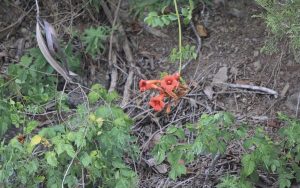
Swamp Pink
Part of the lily family, Swamp Pink or Pink Beds are pointy, cone-shaped flowers with pink to lavender hues. They are often found in wetlands bordering small streams and river areas.
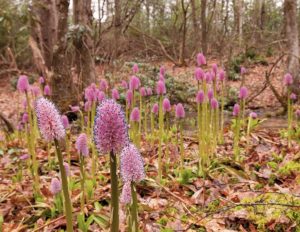
Virginia Spiraea
Native to southern Appalachian mountains, Virginia spiraea is a perennial shrub whose branches can extend 3-10 feet along the riverbanks of the French Broad. It grows between the cracks in rocks alongside flowing water.
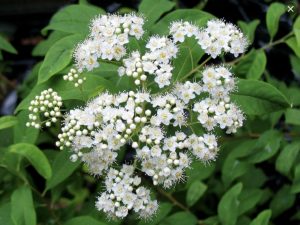
Cormorants
Cormorants used to be a rare find inland, but these common seabirds have made themselves at home among our lakes and rivers! Photo: Gary Loucks
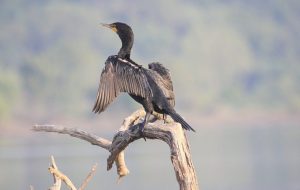
White Tailed Deer
Foraging along the riverside for shrubs and maple twigs, white tailed deer are more likely to be seen at dawn or dusk. These guys like to rest during the daylight hours, but can often be spotted in late afternoon/evening along the river.

Mountain Dusky Salamanders
These salamanders can be found along the side of riverbanks. They “breathe” by absorbing oxygen through the skin and can inhabit at sea level and high in the Appalachian Mountains.
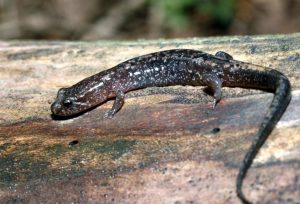
River Otters
Once wiped out in the 1930’s by unregulated trapping, the otter population has made a comeback and can be seen along the French Broad. It’s common to spot families- a mating male and female and their youngsters. Fun fact: The larger, more dominating otter in a family unit is actually the female!

Beavers
Often referred to as “River Rats,” beavers are considered one of the largest rodents in North America. They are nocturnal, so spotting them during the day can be tricky. But evidence of their work can be seen in the constructed damns and lodges along the river.
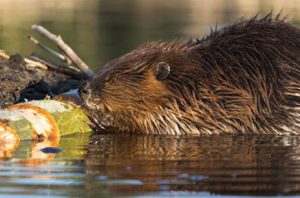
Black Bears
It is not uncommon to spot a black bear among the wooded areas around the French Broad River. The black bear population around Asheville is dense, yet they are not considered predators and tend to shy away from humans. Though caution should be taken, beholding a black bear from a distance can be a thrilling experience!
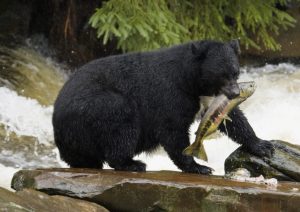
See Also: Camping Around Asheville

